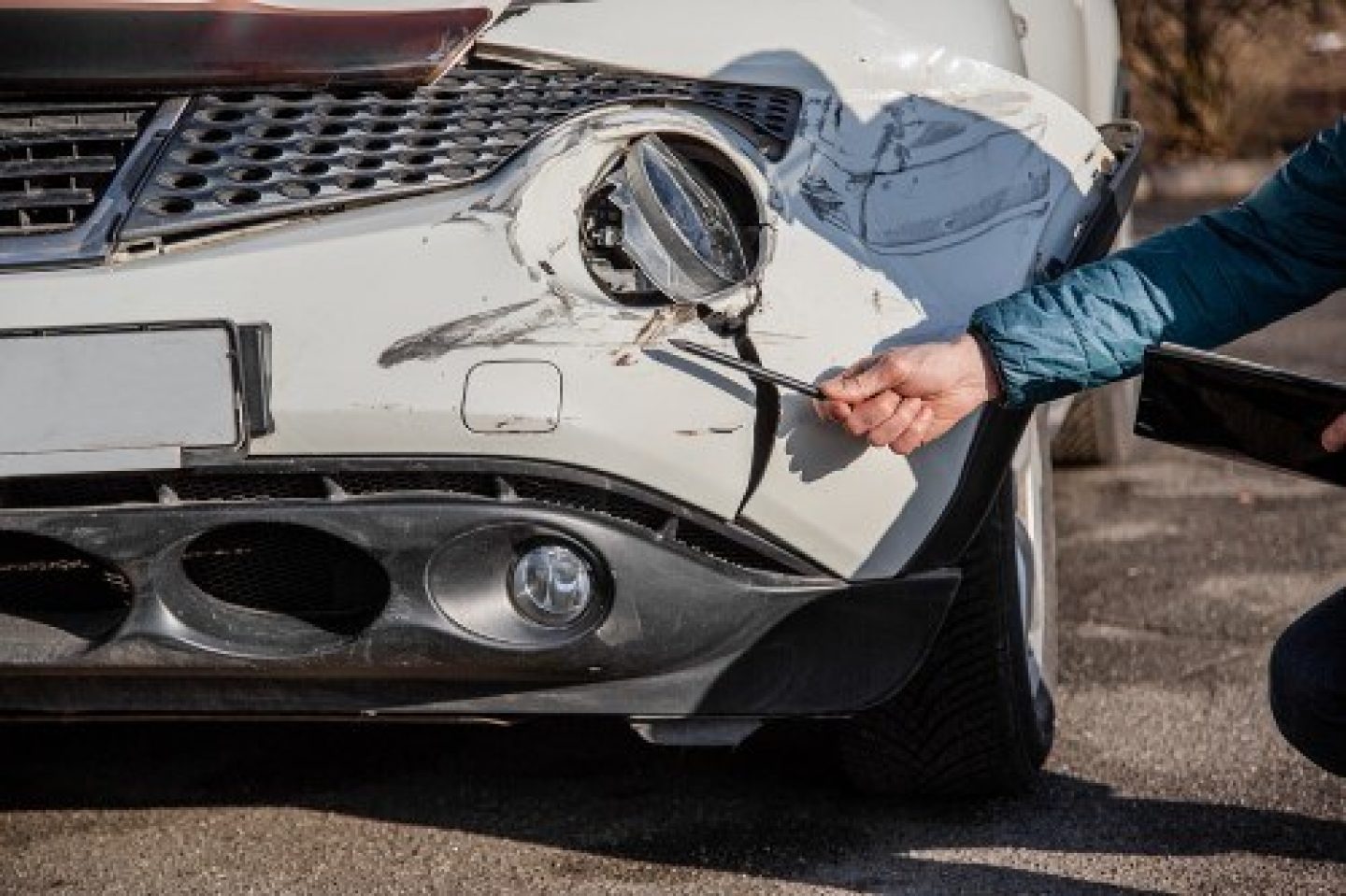In this fact page we will cover
- what happens after a crash resulting in death or serious injury
- what happens after a non-serious crash
- how collision investigation data is used
Listen to our podcast episode on road collision investigation
What happens after a crash resulting in death or serious injury
As detailed in the College of Policing (COP): Authorised Professional Practice, Investigation of fatal and serious injury road collisions, the police are the lead agency for collision investigation, and have the primary duty to investigate and establish the circumstances that have led to road deaths and life changing injuries.
There are two key roles following a serious road crash, that of the Road Policing Lead Investigator and that of the Forensic Collision Investigator. The COP, details that these roles are separate, and require different skillsets, and further that an individual should not perform both roles on a single incident.
Road policing lead investigator
The assigned road policing lead investigator has overall responsibility for management of the investigation. As well as developing family liaison, communication and suspect and witness management strategies, the lead investigator should also ensure that longer-term prevention, intelligence and enforcement opportunities, with regard to wider road policing and road safety issues, are identified and shared.
Forensic collision investigator / forensic vehicle examiner
The COP states that a forensic collision investigator and forensic vehicle examiner should be used during road death investigations
The forensic collision investigator:
- identifies, preserves and records all physical material which could be relevant to the circumstances of a collision
- ensures appropriate material and topography is photographed (supplemented by video recording if necessary)
- digitally survey, where appropriate, the scene and prepare scale plans and other visual representations
- conducts, or makes arrangements for, any tests or forensic examinations in relation to reconstruction
- reviews any witness evidence and comment accordingly
- provide advice and guidance to the lead collision investigator
- prepares written reports as required
- provide ‘expert’ testimony at court complying with the legislative requirements of the Criminal Procedure Rules and the Civil Procedure Rules.
The main requirements of vehicle examination are:
- establishing the pre-collision mechanical condition of the vehicle, controls, switches and other components
- in conjunction with the forensic collision investigator, considering the likelihood of a vehicle-related factor having caused or contributed to the collision
- identifying and recovering forensic material (eg, mechanical components/vehicle borne electronics) from vehicles
- recording details of the position and extent of the damage
- identifying whether any devices have been fitted to the vehicle and to secure available electronic data from vehicle ECUs
- identifying any vehicle related issue/design implications and identify the potential to affect the overall safety of similar vehicles
- provide advice and guidance to the lead collision investigator
- preparing written reports as required
- providing ‘expert’ testimony at court complying with the legislative requirements of the Criminal Procedure Rules and the Civil Procedure Rules.
The investigation of the circumstances surrounding death and life changing injuries resulting from road traffic collisions that are so serious that life-long health and wellbeing is drastically affected, or serious crime where a vehicle has been used as a weapon is one of the most important activities within policing.
NPCC, Forensic collision investigation and reconstruction within the police service, 2018
College of Policing: Authorised Professional Practice - Investigation of fatal and serious injury road collisions
www.app.college.police.ukWhat happens after a non-serious crash
Investigations into collisions which result in little or no injury are investigated by an investigating police officer, who collects evidence from the scene and prepares an 'accident report'.
At this stage, the police officer attending the scene will complete a Stats19 crash report form. This includes information on the location and time of the collision, the road users involved and contributory factors to the collision.
Crash reporting form used by police
How collision investigation data is used
Stats19 data
The Department for Transport Stats20 report, details the various ways in which Stats19 data is used, both locally and nationally:
- The data form the basis for annual statistics on road crashes and casualties published by the Department for Transport, the Scottish Government and the Welsh Government. Local authorities also publish similar statistics.
- The reports are analysed nationally and the results are used for research work and for guidance in the improvement of road safety in relation to roads, road users, vehicles and traffic movement.
- Local authorities engineers use the data for establishing priority sites for remedial measures.
- Local authority road safety officers gain much of their evidence on which to base national and local educational programmes and training from the data which accrue from local statistics.
- The police, who collect these data, use them as a guide to the operational tactical deployment of their patrols in order to fulfil one of their primary roles, the reduction of casualties.
- The accumulated data, over long periods of time, is also used by a range of establishments for research into road safety measures.
Stats19 review
Stats19 is currently under review by the Department for Transport, with a new specification anticipated to be implemented from 2022. The aim of the review is to:
- Review the value and quality of the Stats19 data collected
- Reduce the burden for front line collecting data through modernising and streamlining where possible
- Consider the scope and opportunities for better use of technology, data sharing and matching to modernise road casualty data
- From the work above, develop the new Stats19 specification
- From the work above, develop a roadmap for future data which would enrich the understanding of road safety
